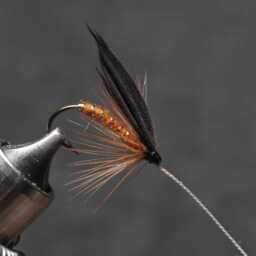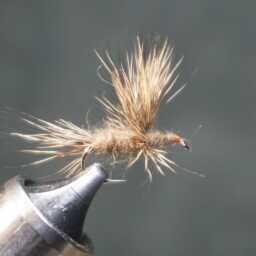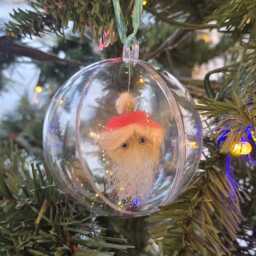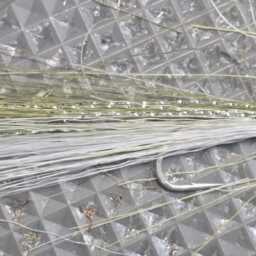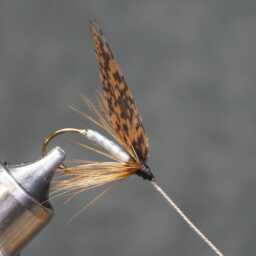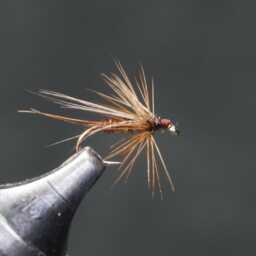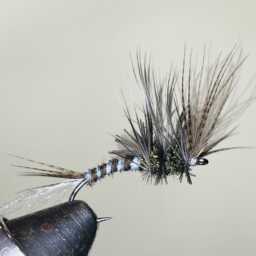Guinea fowl feathers serve various purposes in fly tying, including collars, tailing, wing cases, and cheeks. Strung guinea feathers are ideal for hackling steelhead patterns or lake/streamer flies, offering a unique natural “speckling” that enhances collars or palmered hackles.
Often underestimated in fly tying, guinea fowl feathers look fantastic when incorporated into patterns due to their mottled effect from spots and their sweeping appearance over the fly. They work well for fly beards, salmon, and steelhead patterns.
Blue Guinea Fowl hackles serve as substitutes for blue Jay feathers, making them suitable for patterns like bumbles, Invictas, blue Zulu, and more. Exploring other available colors can lead to creating intriguing variations in fly patterns.
Guineafowl (pronounced /ˈɡɪnifaʊl/), also known as “pet speckled hens” or “original fowl,” belong to the family Numididae in the order Galliformes. They are native to Africa and are among the oldest members of the gallinaceous birds. Phylogenetically, they diverged from the core Galliformes after the Cracidae (chachalacas, guans, and curassows) and before the Odontophoridae (New World quail).
An Eocene fossil lineage, Telecrex, linked to guineafowl, once inhabited Mongolia. It might have given rise to the oldest true phasianids, such as blood pheasants and eared pheasants, evolving into high-altitude, montane-adapted species due to the rise of the Tibetan Plateau. While modern guineafowl species are confined to Africa, the helmeted guineafowl has been introduced widely as a domesticated bird elsewhere.
These ground-nesting birds primarily feed on insects and seeds, resembling partridges but notably featuring featherless heads. Some, like both members of the genus Guttera, possess a distinctive black crest, while the vulturine guineafowl showcases a downy brown patch on the nape. Most guineafowl species exhibit dark grey or blackish plumage with dense white spots, except both members of the genus Agelastes, which lack these spots.
Measuring 40–71 cm (15½–28 in) in length and weighing between 700–1,600 g (1 lb 9 oz – 3 lb 8 oz), guineafowl have larger body sizes than typical chickens. Guinea hens generally weigh more than guinea cocks, possibly due to the female’s larger reproductive organs and relatively larger egg clusters.
« Back to Glossary Index
